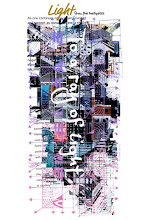There are several articles about gardens and Mt. Meru in the Nihon Shoki. The Kofun period garden is said to be run around the stone mountain that represents Mt. Meru, which has been the center of the Buddhist world since ancient times. In the early 600's, Emperor Suiko also had a garden with Mt. Meru and Kure Bridge (a bridge with a roof and a balustrade "Rankan") to the south of the palace. It is said that Emperor Saimei also built Mt. Meru and Kurehashi on the In this way, in the Japanese garden, you can see the Mt. Meru style and the Kusenhakkai. These two are the same, and both are centered on the stone that becomes Mt. Meru, and rocks that imitate eight mountains are lined up around it.
The rock at the top of the mountain seen in the gardens of Kanyoji Temple in Yamaguchi Prefecture and Manpukuji Temple in Shimane Prefecture is Mt. Meru. Kusenhakkai, where eight rocks are placed around it.
Ryogin-tei in Ryogen-in, Kyoto. The vertically long rock in the middle is Mt. Meru.
It was concluded that Mt. Meru, which has the same composition as Mandala, represents Emptiness. In other words, the Sumiyama style of the Japanese garden and Kusenhakkai also represent Emptiness.









0 コメント